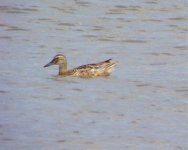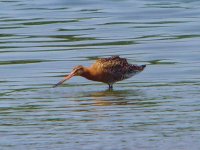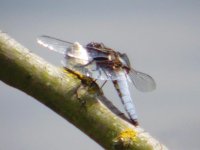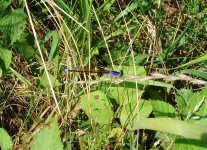upstarts1979
Well-known member
And if it was you checking passes etc then thanks a lot for your warm welcome and also thanks to those in the hide who were all very friendly - It was great to be surrounded by such enthusiasm for what was a cracking bird.....Is Upton better than Brandon tho?
Yes as I told you and your female friend /wife / sister /daughter/girlfriend
but Brandon is good as well albeit in a different way to upton.
nice to have met you
B







